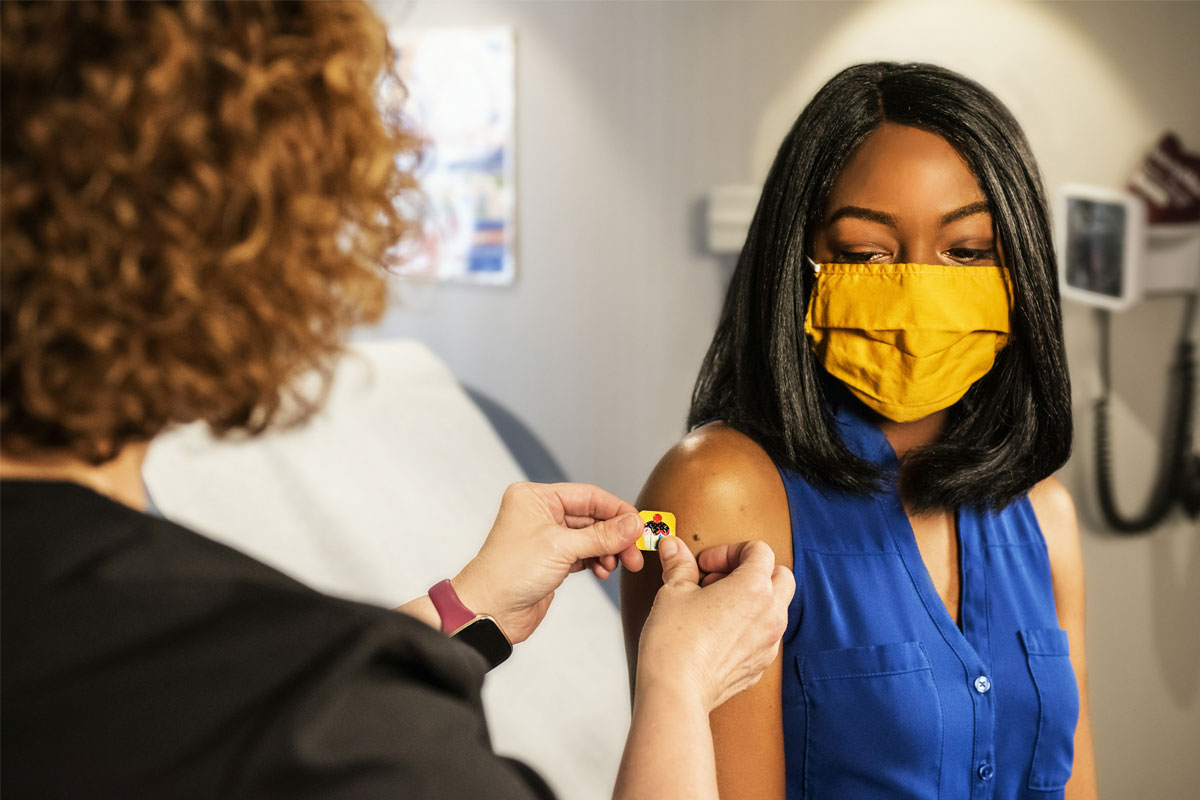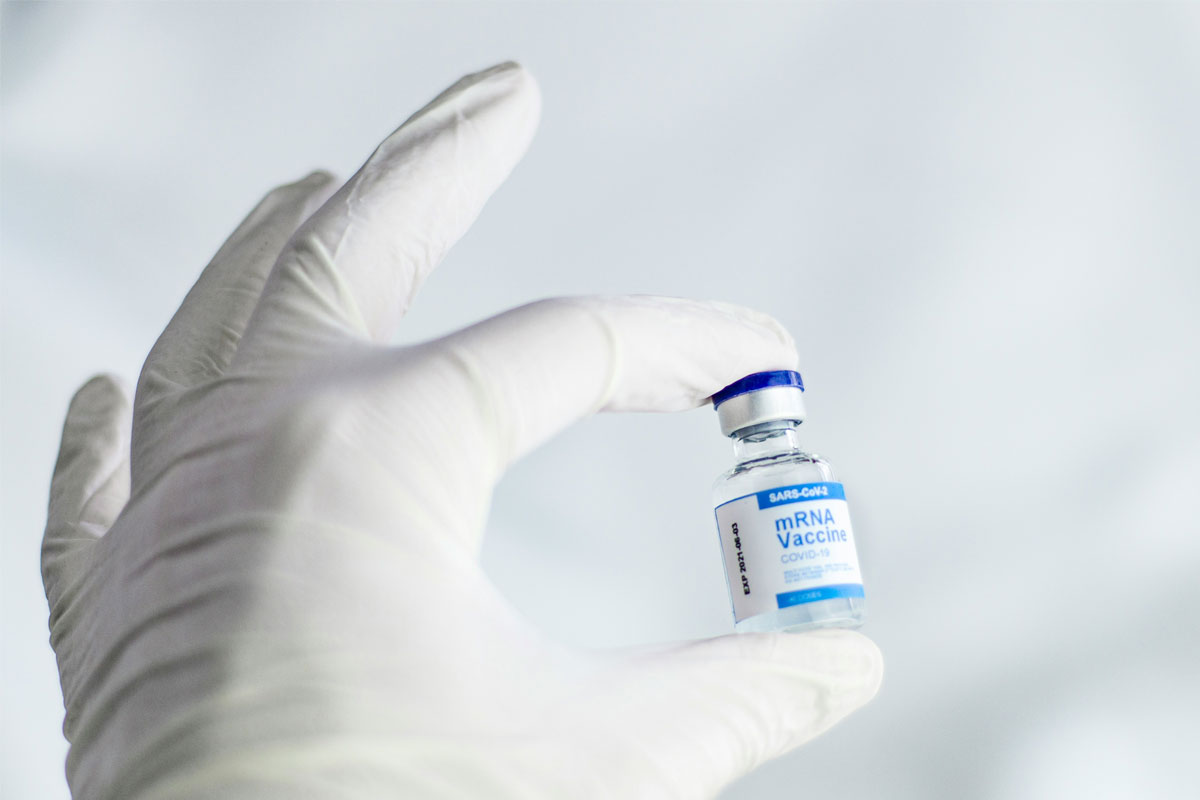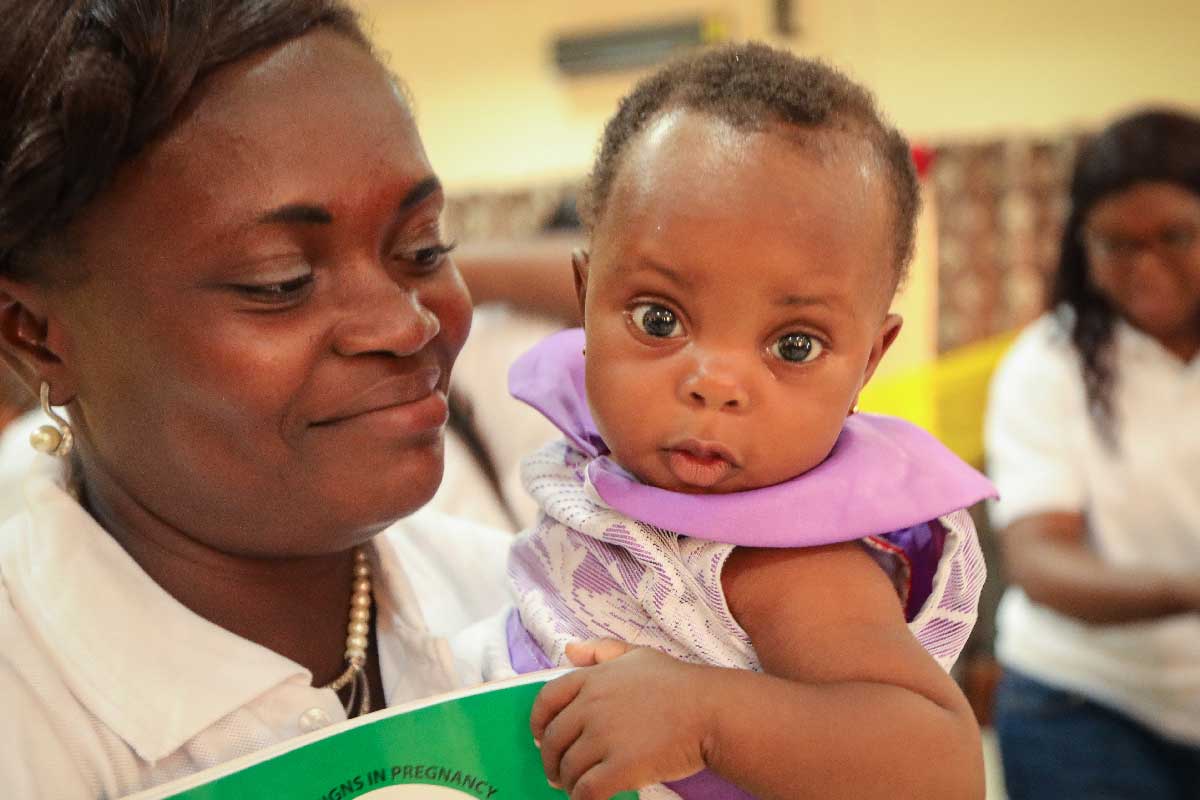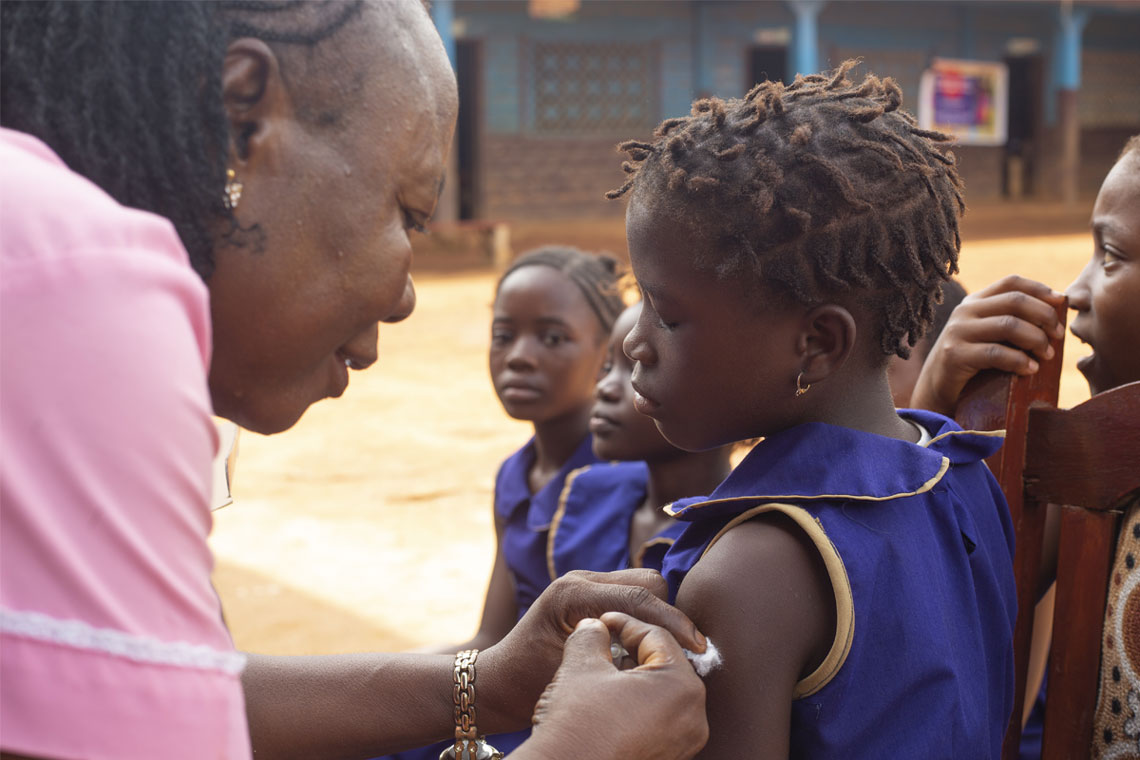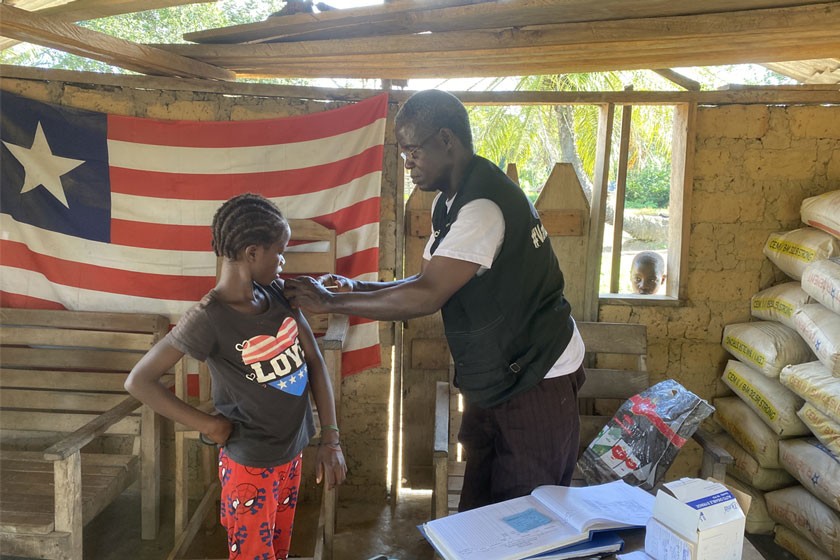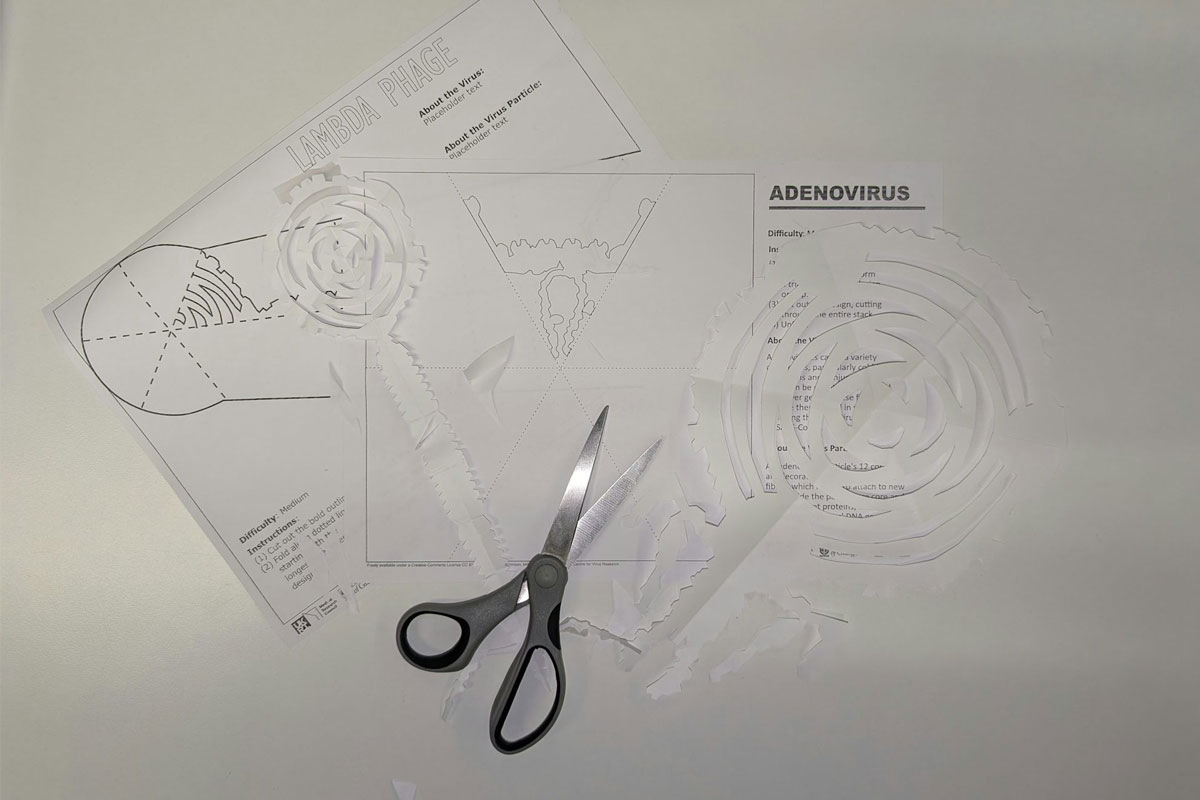HPV vaccines help reduce US cervical cancer deaths by 62%
New data suggests a dramatic fall in cervical precancers and deaths since the introduction of the HPV vaccine in the USA.
- 5 March 2025
- 3 min read
- by Linda Geddes
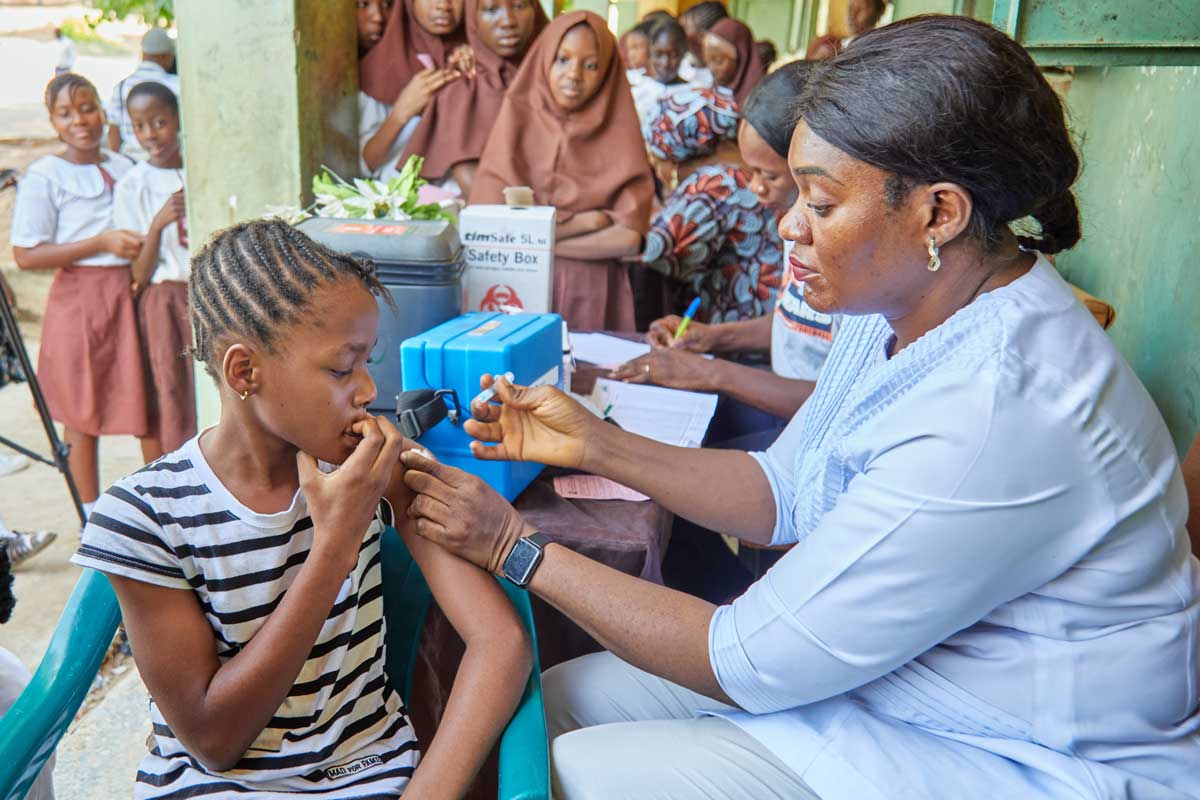
Rates of cervical precancers and deaths have fallen dramatically among young women in the US since the introduction of the human papillomavirus (HPV) vaccine, data suggests.
Between 2008 and 2022, rates of cervical precancer decreased by around 80% among screened 20- to 24-year-olds – the group most likely to have been vaccinated – according to data published by the US Centers for Disease Control and Prevention (CDC) last week.
Separate data published in November 2024 suggests that these reduced rates of precancers are mirrored by a reduction in cervical cancer deaths among young women.
Preventable cancer
Although cervical cancer is rare among women aged under 25, deaths do still occur. Between 1992 and 1994 there were 55 such deaths. By 2013–2015 this had fallen to 35 deaths, most likely due to improved screening. However, between 2019 and 2021 there were only 13 deaths – a sharper fall than would have been expected without the vaccine’s introduction.
“We observed a substantial reduction in mortality – a 62% drop in cervical cancer deaths over the last decade, likely due to HPV vaccination. We cannot think of any other reason that would have contributed to such a marked decline,” said Prof Ashish Deshmukh at MUSC Hollings Cancer Center in Charleston, US, who supervised the study.
Because cancers usually take many years to develop, further reductions in cervical cancer deaths are expected as vaccinated women grow older.
Real-world impact
HPV infection is the leading cause of cervical cancer worldwide, responsible for approximately 10,800 cases in the US each year alone.
Vaccines against high-risk forms of the virus are extremely effective and immunisation has been recommended in the US for adolescent girls since 2006.
As these girls and women grow older, the real-world impact of this vaccination programme is starting to become clear. Since 2008, the CDC has been monitoring rates of moderate to severe precancers (also known as grade 2 and 3 cervical intraepithelial neoplasia, or CIN) at five sites across the US, through the HPV IMPACT Project.
While data published in 2019 indicated the rates of these precancers were falling among 19- to 24-year-olds, further declines are expected as women grow older and as a growing proportion of individuals in these age groups are vaccinated.
According to the latest HPV Impact Project data, published in Morbidity and Mortality Weekly Report last week, the incidence of moderate CIN2+ precancers among women aged 20 to 24 decreased 79% from 2008 to 2022, while severe CIN3+ precancers decreased 80%.
“These data are consistent with the considerable impact of HPV vaccination for preventing cervical precancers among women in the age groups most likely to have been vaccinated, and support existing recommendations to vaccinate children at the routinely recommended ages as a cancer prevention measure,” the study’s authors said.
Have you read?
Renewed threat
Despite this progress, Deshmukh and his colleagues warned that declining rates of vaccination among the latest generation of adolescents was putting progress against this deadly, yet preventable, cancer at risk.
HPV vaccination coverage with one or more doses hit 79.3% in 2022, but this fell to 75.9% in 2023. “The findings from this study highlight the urgency to improve HPV vaccination coverage,” they said.
